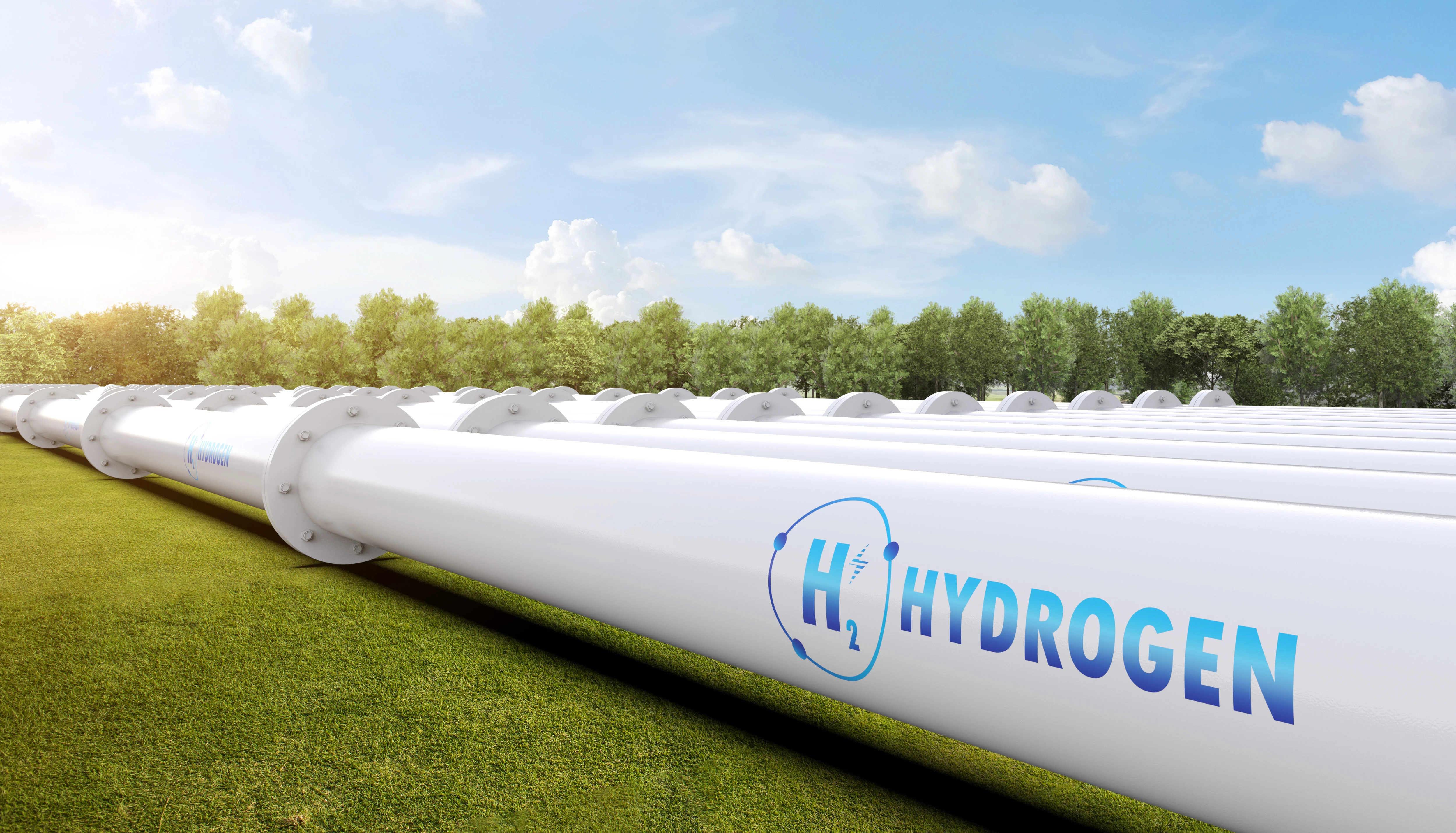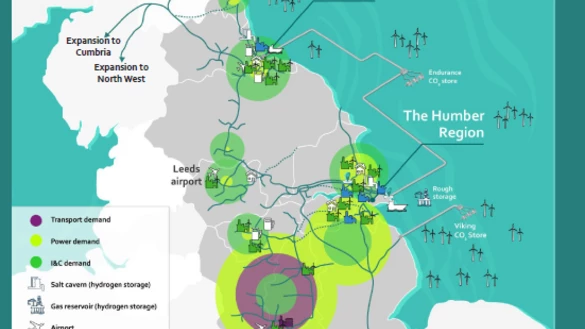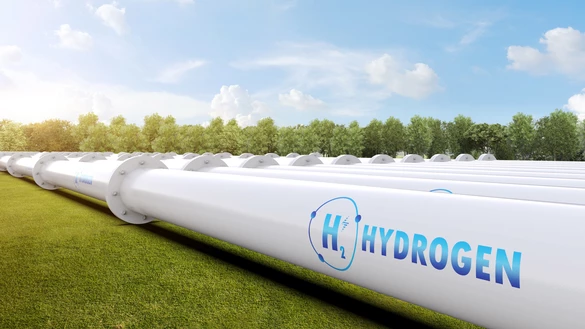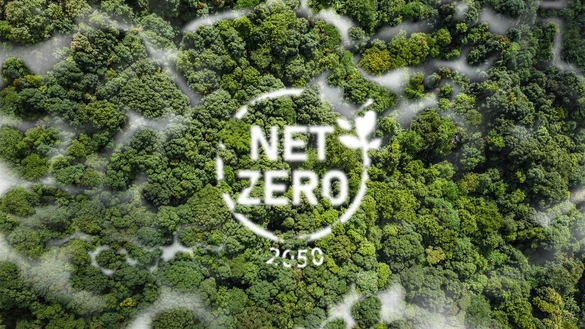- Back
- Balancing
- Capacity
- Charging
- Connections
- Data and operations
- Land and assets
-
Insight and innovation
- Back
- Home
- Insight and innovation
- Transmission innovation
- Summer Outlook
- Winter Outlook
- Gas Ten Year Statement (GTYS)
- Gas Future Operability Planning (GFOP)
- The future of gas-fired generation
- Understanding within-day behaviour
- Identifying future drivers of change
- Changing supply patterns
- Future of gas
- Stakeholder resources

Precision thermography for hydrogen pipeline inspection
We’re running a project exploring the opportunities of using thermographic technologies as a pipeline inspection technique.
As a business, we’re responsible for ensuring our assets are in working order and safe to operate. Pipeline inspection is a vital activity that helps us do this through condition-based monitoring, which identifies any corrosion requiring repair.
We currently carry out in-line inspection activities using Pipeline Inspection Gauges (PIGs). These PIGs move through the pipelines using the existing gas flow and utilise Non-Destructive Testing (NDT) technologies such as acoustic ultrasound and electromagnetic resonance, to establish pipeline condition.
We’re exploring the feasibility of transitioning our network to carry hydrogen, to help us reach our net zero targets. The introduction of hydrogen into the National Transmission System (NTS) brings with it the need for different pipeline inspection techniques. This would not only allow for more in-depth inspection but could also help to determine the suitability of repurposing certain pipelines to hydrogen ahead of the transition.
Infrared thermography uses a thermal camera to capture imagery of an object using infrared radiation emitted either passively or actively. While not a new technology, advances in system design and other capabilities, mean there are opportunities to use thermography for other applications such as pipeline inspection.
We’re running a project exploring the opportunities of using these thermographic technologies as a pipeline inspection technique. Alongside this, we hope to identify the potential benefits this will bring to the wider gas industry.
The project focuses on several different technology types and will look at the image capture and recognition capability, as well as the data processing and predictive analytics of each type.
Once completed, the project aims to provide a viable and scalable thermographic inspection approach that can be used alongside existing inspection methods, to support a future network transition to hydrogen.



